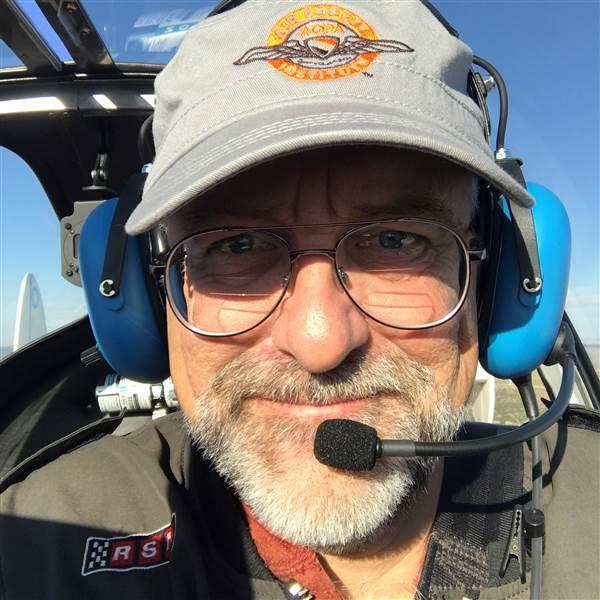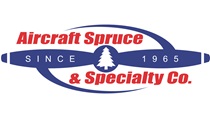Training and Safety Tip: The most important speed
The most important airspeed to learn isn’t your stall speed, best angle or best rate-of-climb speed, maneuvering speed, best cruise, or even the never-exceed speed. It’s your aircraft’s approach speed. And you need to do more than learn it, you need to learn to “nail” it, every time.
Here’s why: Airplanes generate, collect, and dissipate energy. Everything an airplane does fits in one or more of those buckets. There’s a lot of physics and math behind this, but for now you only need to know that speed is a form of energy that packs a disproportionate punch, and a little extra speed goes a long way when it comes to landing distance. If you’re moving faster than your target speed when you set up for landing, you will eat up more runway than you had intended. Often much more.
There are actually three speeds involved in landing. The approach speed for the bulk of the final leg, then a mildly slower speed as you close in on the threshold and a landing is assured, and finally a third during the round-out and flare—where you bleed off the remaining speed energy and gently apply the wheels to the pavement. So in reality, that last one isn’t a set speed so much as a band of decreasing kinetic energy.
It’s only natural for new pilots—who may have a training-induced hypersensitivity and aversion to stalls—to carry a little “extra” speed, thinking that this gives them a safety margin. But, in fact, the opposite is true.
That’s because if any of the landing speeds are too high, you will use up more runway than your performance calculations predicted. That extra speed energy has to go somewhere, and in most general aviation airplanes, the only option is for that energy to be converted to distance. And while all three speeds are important, if the first link of the chain is too fast, it tends to send energy downstream, making it more difficult to get the last two right.
So, what to do if your approach speed is too high? Often the best option is to go around and start over.
Now, like everything in aviation, there is an exception to the rule. If you are landing in strong gusty winds, a calculated extra margin of speed is carried for safety. But aside from that very limited exception, extra speed isn’t a safety margin.
It’s a danger margin.




